Top speed 600 km/h Length 10 m | Wingspan 12 m Start date 1942 | |
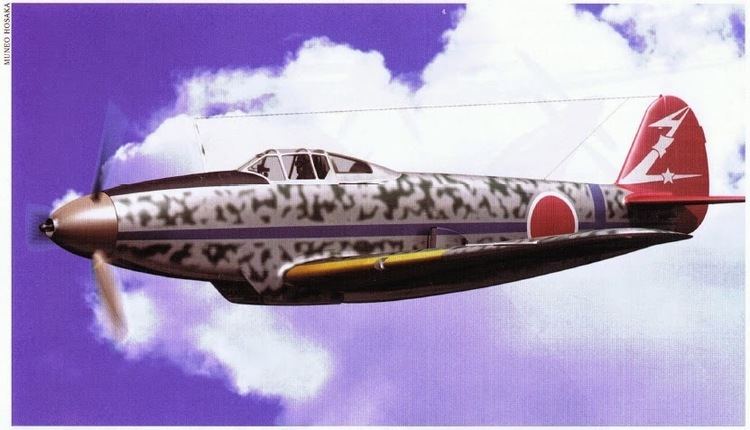 | ||
Manufacturer Kawasaki Aerospace Company | ||
Kawasaki ki 88 how to bruce
The Kawasaki Ki-88 was a proposed Japanese World War II fighter aircraft intended for use by the Imperial Japanese Army Air Force. Its anticipated performance was disappointing, and only a mock-up was completed.
Contents
- Kawasaki ki 88 how to bruce
- World of warplanes kawasaki ki 88 ace
- Design and development
- Specifications
- References
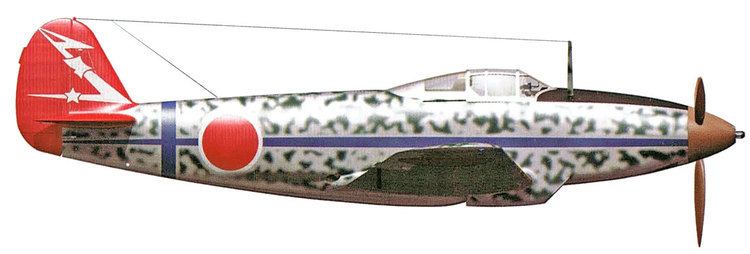
World of warplanes kawasaki ki 88 ace
Design and development
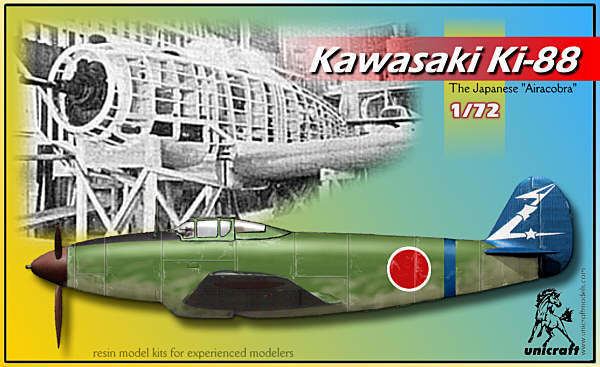
Faced with delays in development of the Kawasaki Ki-64 fighter, the Imperial Japanese Army was open in 1942 to alternative fighter designs that might reach combat units more quickly. Kawasaki proposed the Ki-88, a design inspired by the Bell P-39 Airacobra fighter then in service with the United States Army Air Forces.
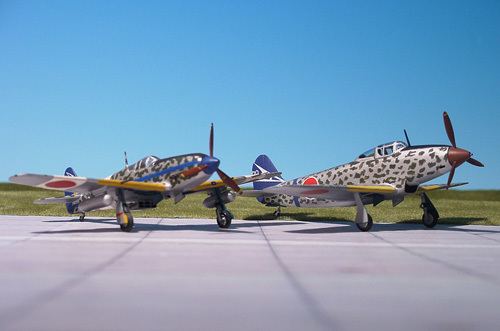
Kawasaki began design work on the Ki-88 in August 1942. The Ki-88 was to have a 1,117-kW (1,500-hp) Kawasaki Ha-140 engine behind its cockpit, driving a tractor propeller through an extension shaft. It was to mount a 37-mm cannon in its propeller shaft and two 20-mm cannon in its lower nose.
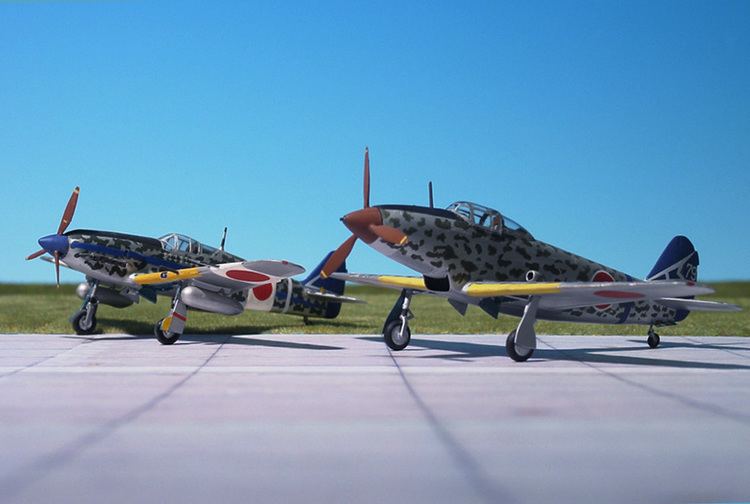
When design work had progressed far enough to allow it, Kawasaki built a full-scale mock-up of the Ki-88, which bore a strong resemblance to the P-39. After inspection of the mockup, the Japanese calculated a maximum speed for the aircraft of 600 km/hr (373 mph) at an altitude of 6,000 m (19,685 feet). This was only slightly faster than the Kawasaki Ki-61 Hien fighter, which already was in production. As a result, Kawasaki discontinued design work on the Ki-88 less than a year after beginning it.
Specifications
Data from Japanese Aircraft of the Pacific War
General characteristics
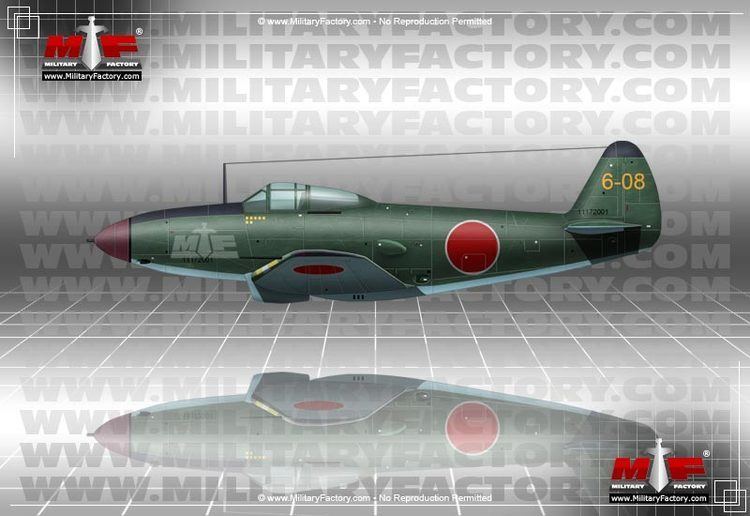
Performance
Armament

